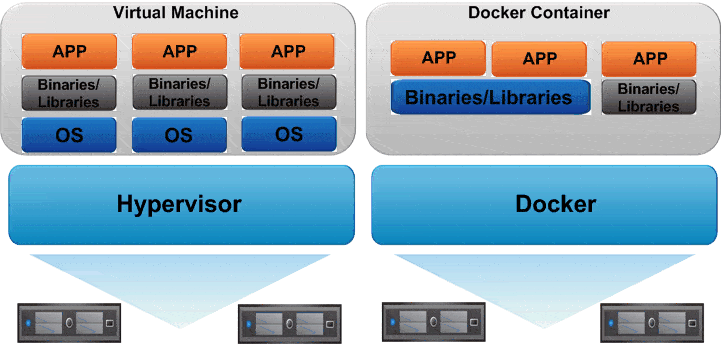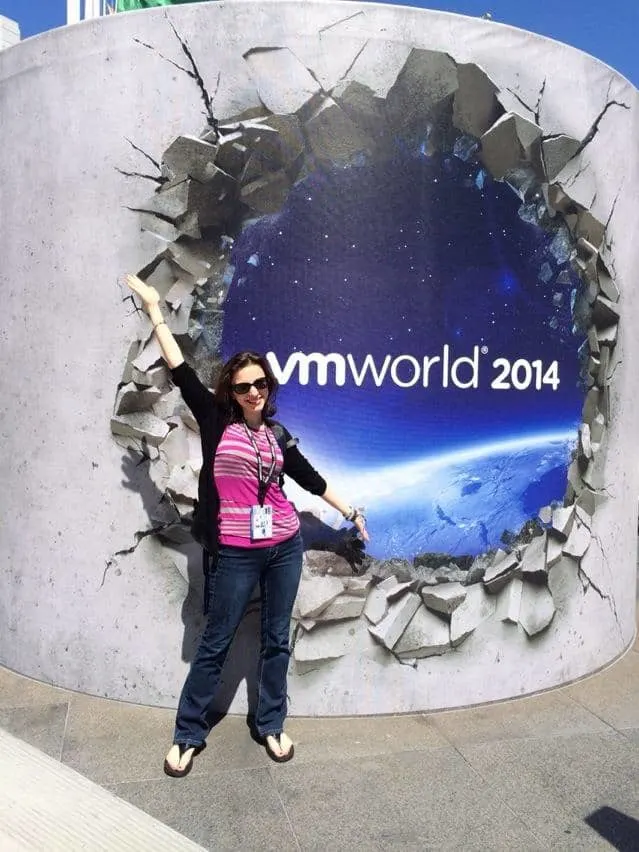Chances are you’ve heard something about Docker in recent months. Straight from the whale’s mouth, Docker is an open platform for developers and sysadmins to build, ship, and run distributed applications. Consisting of Docker Engine, a portable, lightweight runtime and packaging tool, and Docker Hub, a cloud service for sharing applications and automating workflows, Docker …
Whether we embrace it or not, IT Security organizations have become key players in our organizations over the years. Sometimes they get a bad rap, they have to be come the enforces for various policies and compliance requirements our businesses must adhere to. Audits can be met with enthusiasm or dread, but they aren’t going any place soon. I think much …
When I was a VMware administrator, one of the most crucial decisions we made when we deployed a new virtual machine was which datastore it resided on. We tried to stick to a naming convention that told us if we were using FC disks or SATA disks (we had some not so nice names for …
Many of us remember when virtualization was in its infancy, when we didn’t have features like high availability to protect against hardware failures, and live migration to move a virtual server off of the host it resided on for maintenance. Back then, the benefits were all about reduced power and cooling requirements, and using less …
I’ve already talked about one of OpenStack’s core building blocks, Cinder, which is OpenStack’s block based storage feature. Now, I want to take a closer look at Swift, OpenStack’s object based storage project, and another key component to an OpenStack deployment. Swift enables the storage and retrieval of data by using a simple API. It …
We keep hearing about OpenStack, but what exactly are we talking about? It’s not an apples to apples comparison to anything else in technology which can make it difficult to understand for some. OpenStack is one of those sort of nebulous (see what I did there?) things many people know about, but not everyone may understand. Or people …






